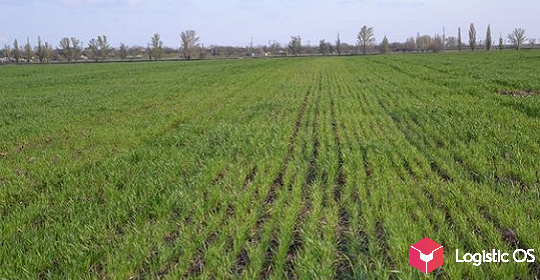The United Arab Emirates is using modern technology to solve the problem of food shortages.
Currently, the UAE is one of the largest importers of wheat: for example, about 1.7 million tons of wheat were purchased abroad last year.
This is a big expense for the budget, but independent production has always been difficult: a significant part of the state is occupied by desert.
However, the first stage of the experiment has now been completed, within which a trial wheat crop was grown in the vicinity of the city of Sharjah (one of the largest in the UAE).
Wheat was sown on an area of 400 hectares, which was irrigated with desalinated sea water.
The result of the experiment was positive. Currently, preparations are underway for the second stage of the experiment, within which it is planned to increase the area under wheat to 1,500 hectares.
According to the plans of the project initiators, eventually the widespread use of such technologies will allow the UAE to have its own harvest in volumes of up to 1.6 million tons per year, that is, to practically avoid imports.
It is also testing 30 different varieties of wheat to determine those that are best suited for growing in desert climates and capable of producing good yields.
Precision farming will increase the efficiency of farmers
The weak point of the technology for growing grain in the desert is the use of desalinated seawater: this is an expensive process.
However, this is where artificial intelligence and smart sensors come to the rescue: they allow you to monitor the condition of each plant and avoid a situation where half of the water is wasted.
In addition, even if desert production itself turns out to be unprofitable, it will still be cheaper than expensive imports of finished products.
According to experts, in the coming years, precision farming technologies will be actively implemented throughout the world, because they can reduce annual operating costs by about 20-25%.
The introduction of such technologies is supported not only by their effectiveness, but also by the fact that they are becoming more accessible even for small enterprises.
In Russia, for example, there are also incentives for the development of such technologies.
As of 2024, their use by an agricultural enterprise becomes one of the prerequisites for this enterprise to qualify for government subsidies.
It is planned that such a decision will also motivate companies to switch to modern operating standards, thereby increasing their own profits.

